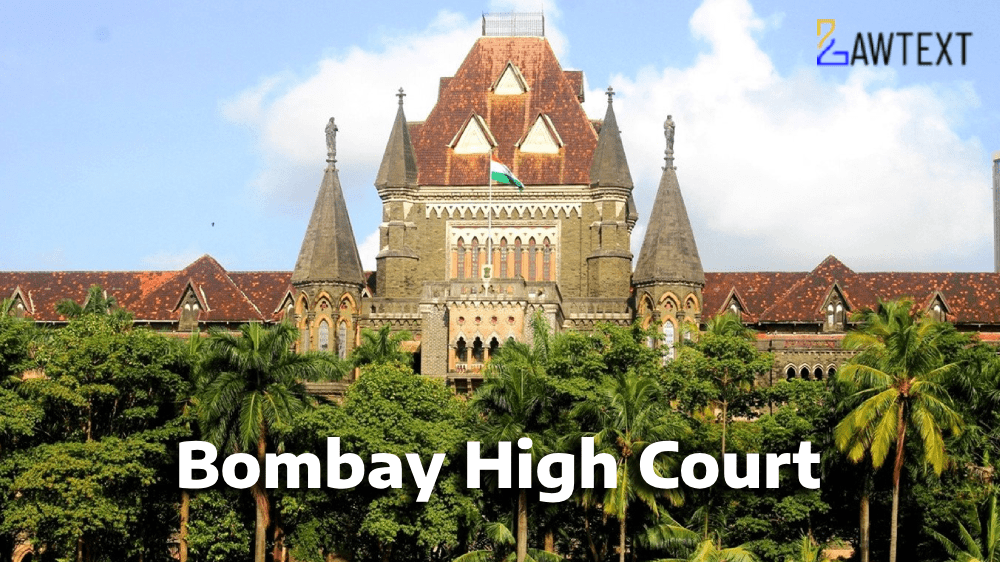

The challenge against the State Government's methodology for calculating lease rent for residential lands based on Ready Reckoner rates. The Petitioners argued that this methodology results in an exorbitant increase in lease rent, which is arbitrary and contrary to past judgments. The Court examined the principles laid down in the Ratti Palonji Kapadia case, which prohibited linking lease rentals to market value, and found that the methodology adopted by the State Government is arbitrary and unsustainable. The Court directed the State Government to frame a new policy for determining lease rents that is fair, reasonable, and gradual. The Court also upheld the provision for periodic revision of lease rent every five years, based on Ready Reckoner rates, but struck down the clause in the 2012 GR that allowed for such revisions during the lease term.
The State must frame a new policy for lease rents that is fair and reasonable, considering historical rents and lessees' investments.
All pending applications are disposed of accordingly.
No order as to costs.
Special Circumstances: Allows for adjustments below Ready Reckoner value with approval.
Conclusion on Exorbitance: Lease rent fixed under GRs is not extortionate or arbitrary.
Provision for Revisions: Addresses if revisions every 5 years are justified.
Frequent Revisions Argument: Contends they create uncertainty and financial burden.
Periodic Reassessment: Maintains fairness, avoids extremes.
Affirmation of Revisions: Revisions every 5 years are fair and reasonable.
GRs are valid and enforceable, Government's actions in lease rent fixation are fair and constitutional.
Writ Petitions are dismissed, no order as to costs.
Citation: 2024 LawText (BOM) (7) 101
Case Number: WRIT PETITION NO.328 OF 2015WRIT PETITION NO.328 OF 2015 WITH INTERIM APPLICATION (L) NO. 8802 OF 2024 IN WRIT PETITION NO. 328 OF 2015 WITH WRIT PETITION NO. 3144 OF 2015 WITH 2024 WRIT PETITION NO. 3131 OF 2022 WITH WRIT PETITION NO. 923 OF 2014 WITH INTERIM APPLICATION NO. 205 OF 2024 IN WRIT PETITION NO. 923 OF 2014 WITH INTERIM APPLICATION (L) NO. 27723 OF 2023 IN WRIT PETITION NO. 923 OF 2014 WITH PUBLIC INTEREST LITIGATION NO. 108 OF 2013 WITH NOTICE OF MOTION NO. 568 OF 2018 IN PUBLIC INTEREST LITIGATION NO. 108 OF 2013 (Proposed Intervenors) WITH WRIT PETITION NO. 347 OF 2015 WITH WRIT PETITION NO. 348 OF WITH WRIT PETITION NO. 511 OF 2015 WITH WRIT PETITION NO. 493 OF 2015 WITH WRIT PETITION NO. 483 OF 2015 WITH WRIT PETITION NO. 491 OF 2015 WITH WRIT PETITION (L) NO. 34697 OF 2023 INTERIM APPLICATION (L) NO. 8890 OF 2024 IN WRIT PETITION (L) NO. 34697 OF 2023 AND WRIT PETITION (L) NO.8174 OF 2024
Date of Decision: 2024-07-10
Case Title: Vrindavan CHSL Versus State of Maharashtra & Anr.
Before Judge: B. P. COLABAWALLA & SOMASEKHAR SUNDARESAN,JJ.
Advocate(s): Mr. R. A. Dada, Senior Advocate a/w Mr. Narayan Sahu, Zubair Dada, Vicky Singh, Spenta Kapadia, M. S. Federal, Murtuza Federal, Nitika Bagaria, Sudarshan Satalkar & Sejal Jain i/b Fededal & Company, Advocates for Petitioners in WP/923/2014. Mr. R. A. Dada, Senior Advocate a/w Mr. Narayan Sahu, M. S. Federal, Murtuza Federal, Veer Ashar & Aaroha Kulkarni i/b Federal & Company, Advocates for Applicant in IA(L)/8890/2024. Mr. R. A. Dada, Senior Advocate a/w Mr. Narayan Sahu, Mrs. Spenta Kapadia, M.S.Federal, Murtuza Federal, Nitika Bagaria, Sudarshan Satalkar i/b Federal & Co., Advocates for Respondent in IA/205/2024. Mr. R. A. Dada, Senior Advocate a/w Mr. Narayan Sahu, M.S.Federal, Murtuza Federal, Nitika Bagaria, Sudarshan Satalkar i/b Federal & Co., Advocates for Applicant in IA/19828/2023. Mr. Navroz Seervai, Senior Counsel a/w Gulnar Mistry, Shaukat Merchant, Zerick Dastoor, Guru Shanmugam & Dhruval Suthar i/b M & M Legal Venture, Advocates for Petitioner in WP/493/2015. Mr. Navroz Seervai, Senior Counsel a/w Gulnar Mistry, Shaukat Merchant, Guru Shanmugam & Dhruval Suthar i/b M & M Legal Venture, Advocates for Petitioner in WP/483/2015 & WP/491/2015 . Mr. Rohan Sathaye a/w Shaukat Merchant, Guru Shonmugan & Dhruval Suthar i/b M & M Legal Venture, Advocates for Petitioner in WP/328/2015. Mr. Bernado Reis a/w Mr. Viraj Jadhav i/b Kevin Pereira, Advocates for Petitioner in WP/3144/2022 & WP/3131/2022. Mr. Nimay Dave a/w Samit Shukla, Saloni Shah, Mustafa Nulwala & Sayali Diwadkar i/b DSK Legal, Advocates for Petitioner in WPL/34697/2023. Mr. Aloukik R. Pai a/w Mr. Shanmukh Puranik i/b Bina Pai, Advocates for Applicant in IA/205/2024. Mr. S.H.Merchant a/w Guru Shonmugan, Rihal Kazi, Dhruval Suttar, Zainab Tinwala & Rishita Dubey i/b M & M Legal Venture, Advocates for Petitioner in WP/511/2015 & WP/348/2015. Mr. Shaukat Merchant a/w Rihal Kazi. Dhruwal Suthar, Zainab Tinwala, Guru Shonmugan, Kajal Rai & Rishita Dubey i/b M & M Legal Venture, Advocates for Petitioner in WP/348/2015 & WP/347/2015. Mr. Rohan Sathaye a/w Shaukat Merchant, Guru Shanmugm, Zainab Tinwala & Mr. Rishita Dubey i/b M & M Legal Venture, Advocates for Petitioner in WP/328/2015. Mr. Gaurav Mehta a/w Mukul Taly & Sehyar Taly i/b S. Mohamedbhai & Co., Advocates for Applicant in IA(L)/8802/2024. Dr. Birendra Saraf, Advocate General a/w Ms. Jyoti Chavan, Addl. GP, Pooja Patil, AGP (for State in WP/328/2015, WP/923/2014, WP/511/2019 & WP/483/2015); (a/w Mr. Mohit Jadhav, AGP for State in WP/511/2015); (a/w Mr. A. L. Patki, Addl. G. P. a/w Pooja Patil, AGP For State in WP/921/2020, & WP/3131/2022); (a/w Mr. Milind More, Addl. G.P. for State in WP/493/2015); (a/w Ms. Pooja Patil, AGP for State in WP/3144/2022); (a/w Ms. Nazia Shaikh, AGP for State in WP/347/2015); and (a/w. Mr. Amar Mishra, AGP for State in WP/L/8174/2024). Mr. Chetan Kapadia, Senior Counsel a/w. Rohan Sathaye a/w. S.H. Merchant, Guru Shanmugam, Zainab Tinwala & Kajal Rai i/b. M & M Legal Ventures, Advocates for Petitioners in WP/L/8174/2024.
Appellant: Vrindavan CHSL
Respondent: State of Maharashtra & Anr.